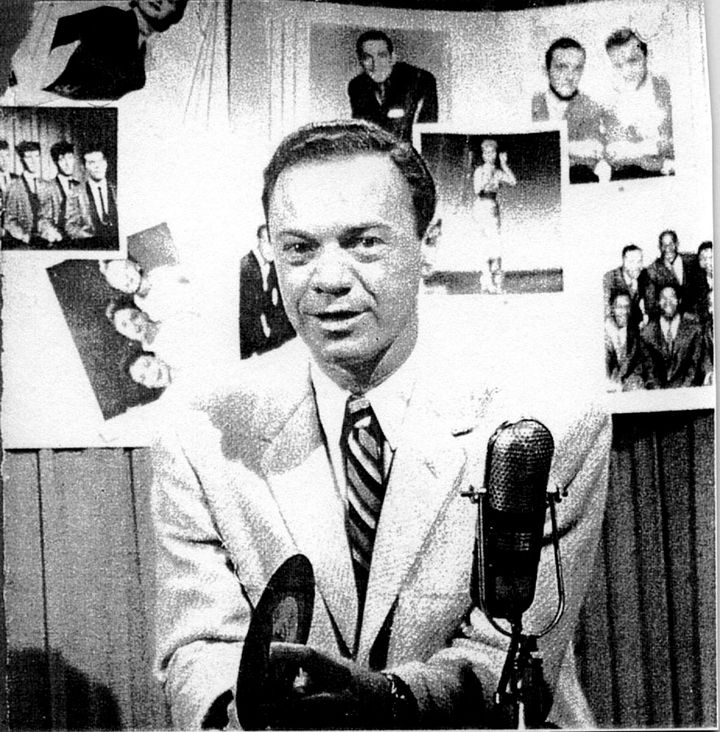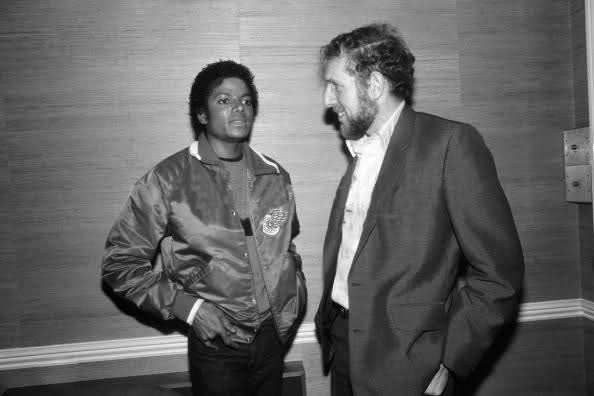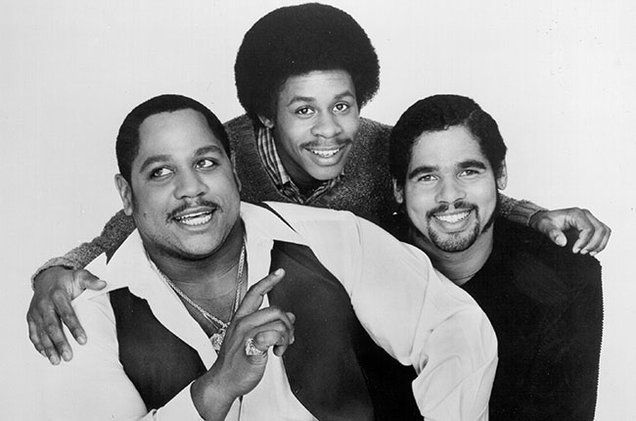
Every year, the Rock and Roll Hall of Fame announces its nominations and every year it causes controversy. This year is no different.
Many loud rock fans are aghast at any suggestion that an artist who isn't “real rock” could belong in the Hall of Fame. This year’s controversial nominee is Tupac Shakur.
Tupac is one of the best selling rap artists of all time, an undisputed legend and should be a “no brainer” for induction, as said by music writer Chuck Yarborough of Cleveland.com. However, as I saw today on social media, some feel as if he has “no business” in the Rock and Roll Hall of Fame. Here is why they are wrong.
In order to understand how foolish this line of thinking is, one has to look at the history and development of the Rock and Roll genre. It is indisputable that the genre originally was a black art form. Little Richard said in 2001 that “There wasn't nobody playing it [at the beginning] but black people — myself, Fats Domino, Chuck Berry..[Rock and Roll] started out as Rhythm and Blues.” R&B itself evolved from blues, gospel, jazz and negro spirituals. What was known to others as “Rock and Roll” was actually a continuation of those black musical traditions.

When Alan Freed first used the term “Rock and Roll” at WJW Radio in Cleveland, it was to describe black Rhythm and Blues. According to the Rock and Roll Hall of Fame website, Freed “was taken aback by the large number of white teenagers who were buying R&B records, or what were then called ‘race records…’ Freed began programming the music on a late-night show on WJW called the ‘Moondog Rock ‘n’ Roll Party.’” As his show became popular and the sales of “race records” increased, he changed the name of the music itself to Rock and Roll.
Rock radio stations still played music from black artists as late as the 1970s. Many black acts such as Earth, Wind and Fire, Kool and the Gang, The Isley Brothers, Parliament-Funkadelic and others were first exposed to white audiences through “rock and roll” stations. It was not until the advent of the album oriented rock (AOR) format in the mid 1970s that rock music was stripped completely of its black influence. Black artists had been effectively locked out of the genre that they created.

AOR stations explicitly refused to air music by any black artist and when MTV launched in 1981 (following the same AOR format at the time) they stuck to that playbook. It was not until the monumental success of Michael Jackson’s “Billie Jean” and “Beat It” (as well as a threat by then-CBS Records President Walter Yetnikoff to pull every song from his label off of MTV if they did not play Michael’s videos) that the network finally began the process of desegregating its content.
Prior to the advent of the AOR format (which Living Colour’s lead man Vernon Reid once referred to as “Apartheid Oriented Rock”) songs that we would today consider to be funk, soul, R&B and even jazz were played on the same station, all marketed as “rock”. Why? Because the programmers and music executives of the past, old enough to still comprehend the music’s heritage and lineage, understood that black music was rock music and belonged in the format just as much as any song by The Rolling Stones or The Beatles did. (Members of the Stones in particular have always been open about how black artists heavily influenced their music)

Hip-Hop music is a continuation of the same lineage that Rock and Roll itself comes from. In an interview with Den of Geek, Hall of Fame CEO Joel Peresman said “We have always looked at it that rock and roll, by definition, is very broad. When you start tracing the influences...it really all goes back to the blues.”
He went on to say, “If you really go back, to even the roots of blues, to slaves working in the fields and singing and how that music and those rhythms really evolved into the blues and R&B. How that influenced a lot of different people who went in a lot of different directions. Some went into country. Some went into rock and blues, and the further evolution of that music created various offshoots, whether it’s Hip Hop or thrash metal or hard rock or progressive rock. All these genres of music had their roots pretty much in the same place.”
Hip-Hop is essentially the great-grandchild of Rock and Roll. The genre was born out of funk, R&B and disco in the 1970s. (Yes, Disco. The first commercially released hip-hop song, “Rapper’s Delight” by the Sugar Hill Gang, uses the beat from Chic’s disco hit “Good Times”). Rock and Roll at its early years was virtually indistinguishable from Rhythm and Blues. Therefore it is impossible to separate it from its lineage and the continuing evolution of its family tree.

In many ways, Rock artists who came along after the AOR format segregated the genre have less of a claim to “deserving” a Hall of Fame induction than legendary rappers do. Much of the rock music that came out of the AOR era (and immediately after, up to the present day) is unrecognizable as being part of a genre with black roots. With few exceptions (like The Black Keys and a handful of others), the content of the post-AOR rock artist is completely disconnected from the genre’s heritage and has a thin claim to the title of “real rock” when placed in the proper historical context. If any of those artists belong in the hall, so too do Hip-Hop artists.
Tupac Shakur is one of the most influential artists of all time, regardless of genre. His style of music certainly belongs in a Hall of Fame dedicated to a broad (and historically accurate) definition of “Rock and Roll”. Objectors without the understanding of rock’s lineage and who still suffer from an AOR mentality will continue to fight this, but for the rest of us it is a “no-brainer”. Tupac belongs in the Rock and Roll Hall of Fame.
